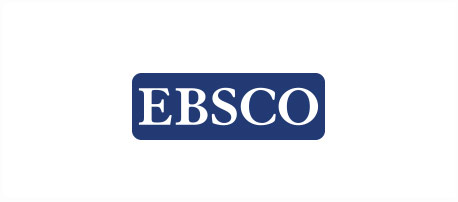An Improved Skin Lesion Classification with Deep Convolutional Neural Networks for Cancer Symptoms
DOI:
https://doi.org/10.64290/bima.v9i2A.1088Keywords:
Skin lesion classification, Deep convolutional neural networks (DCNNs), HAM10000 dataset, Feature selection, ROC analysisAbstract
Skin cancer remains a significant global health challenge, with early and accurate diagnosis being crucial for effective treatment. However, traditional diagnostic methods—such as visual inspection and histopathological analysis—are often constrained by subjectivity, limited access to specialists, and time delays, leading to misdiagnoses and suboptimal outcomes. Recent studies have explored deep convolutional neural networks (DCNNs) for automated skin lesion classification, yet their performance varies significantly across different lesion types, especially for visually similar or underrepresented classes. Motivated by these limitations, this study proposes an improved classification framework that combines fine-tuned pretrained DCNN models with enhanced feature selection techniques to improve diagnostic accuracy and robustness. Using the HAM10000 dataset comprising 10,015 dermoscopic images, the framework integrates preprocessing (resizing, normalization, augmentation), transfer learning with models like VGG16, Inception V3, Inception ResNet V2, and DenseNet201, and an improved slime mould algorithm (SMA) for feature optimization. Performance was evaluated using Receiver Operating Characteristic (ROC) curve analysis, with Area Under the Curve (AUC) values ranging from 73.2% for melanoma to 92.6% for basal cell carcinoma. These results underscore the framework’s potential to enhance early detection of skin cancer, offering a scalable and reliable diagnostic aid for clinical dermatology.




